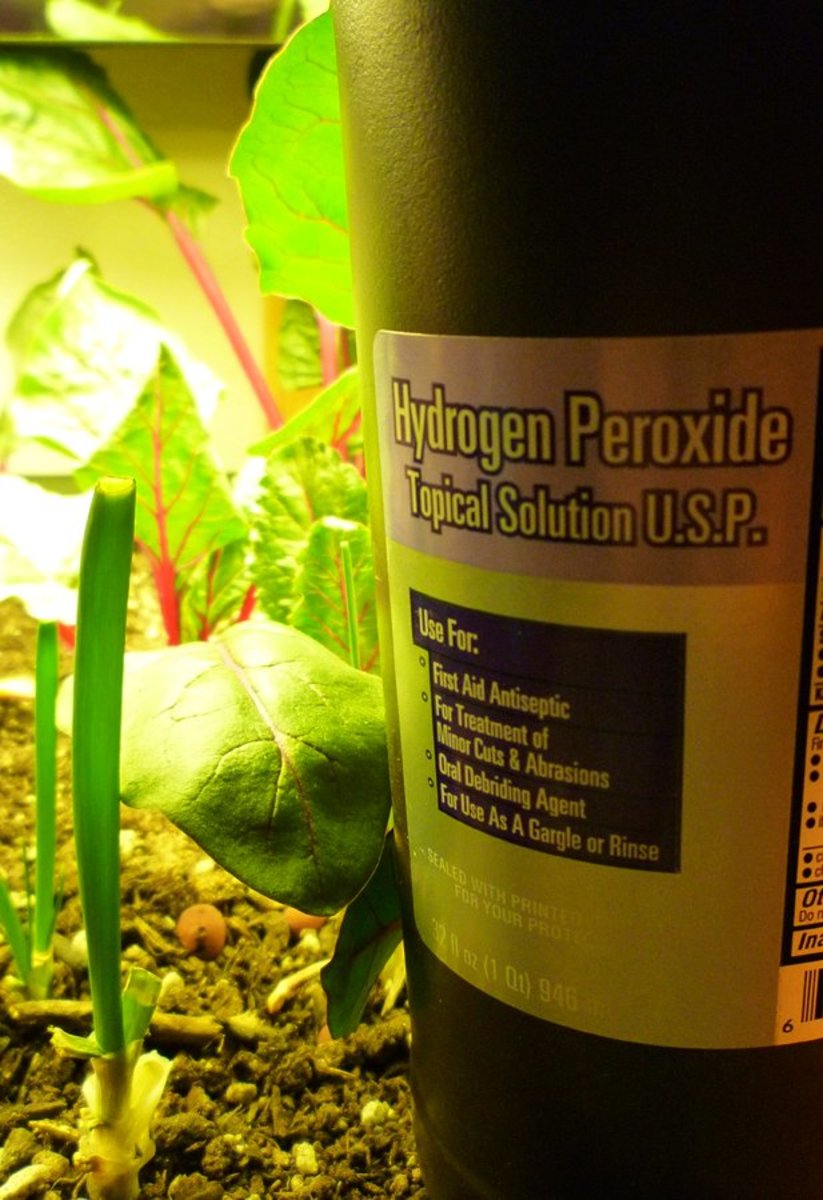The activation of the germination cascade is partially regulated by peroxide. It should make things germinate quicker because exposure to external peroxide triggers more dormant cells at the same time compared to normal processes.
The interaction with auxins is still being investigated, for some reason exposure to peroxide and auxin triggers a stronger response. But this is chemically counter intuitive since peroxide acts as an oxidizer, and auxins are very sensitive to oxidation. Some papers say that this response is partially related to the increase of free hydrogen (lower pH = more stable auxin and better uptake of said auxin) but there are some hints that for auxins to do their work, the plant needs to produce peroxides to complete the (auxin-)resulting cascades. On the other hand, there are scientists that believe that the presence of free radicals (a by-product of peroxide breaking down, and peroxide itself as an oxidizer) in plant tissues trigger a stronger healing response, causing the plant to send more resources to the damaged tissue.
When we dive deeper in the behavior of damaged plant material, some trials have shown that when plants are damaged and start leaking phenolic compounds (broken down carbohydrates - to keep things easy - that inhibit growth), these can be countered or broken down by oxidation. But vitamin C as well as active charcoal are even better since they inhibit the formation of, or take up, those compounds.
When cloning plants in water, it's best to use peroxide to stop bacteria from caking up the stems. They can form gunky layers on damaged plant material within hours, whereas with peroxide added to the solution, this takes days. Once the gunk is there, peroxide isn't going to remove it. Bacteria are great at making communities and forming biofilms, ask any dentist; the plaque on your teeth is just bacteria building houses together, a friendly community. Most mouthwashes contain around 1.5-3% peroxide to kill anaerobic bacteria en reduce the plaque as well as whiten the teeth through oxidation of... for instance phenolic compounds found in coffee, tea and cigarettes. Mouthwash also contain excessive amounts of fluoride that will kill your plants.
If anyone, or their kids, is interested in the strong oxidative effects of peroxide. Find a scab or a small wound somewhere on your body and dab some 3% peroxide on it. Within a minute it should turn into bubbling white goo. Wash it off with some water and let it heal again. If you're not showering the wound with it, it should leave no damage. Also, never use more than 3% on your body whatsoever.
This test is also done on bacteria, to check for the presence of peroxidase, the enzyme that breaks down peroxide. It's an important test when classifying these micro-organisms.

 dengarden.com
dengarden.com

